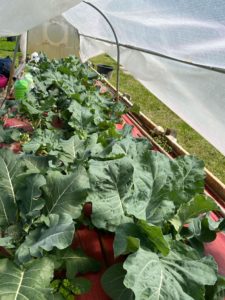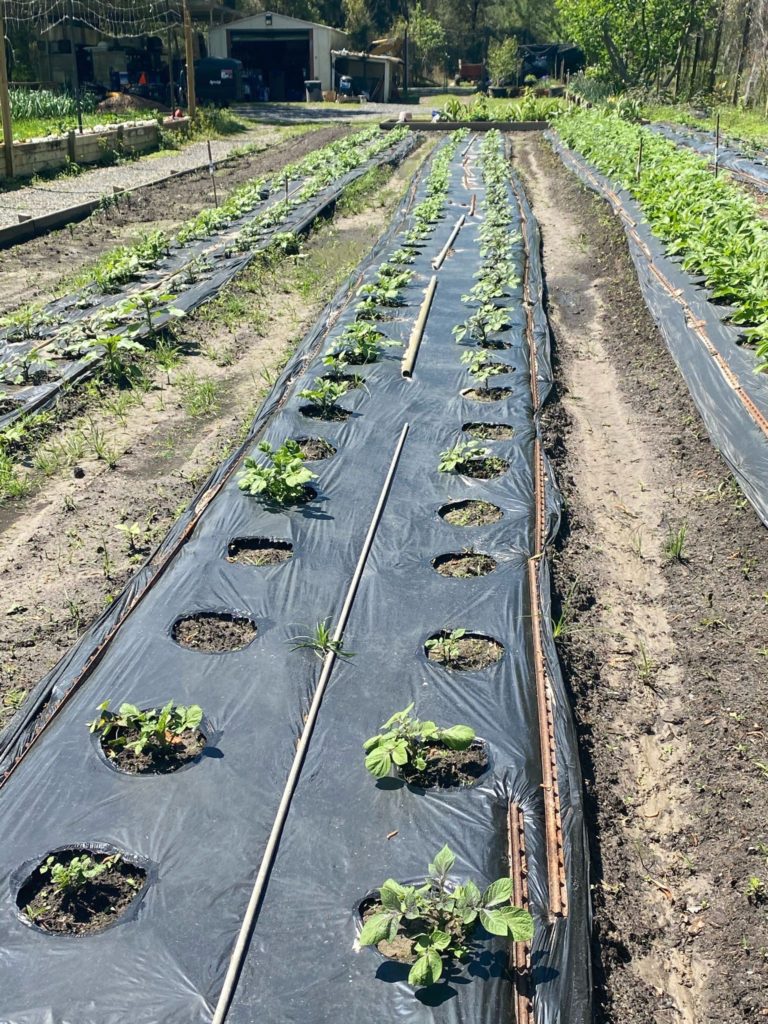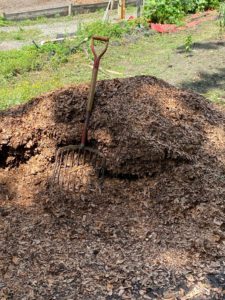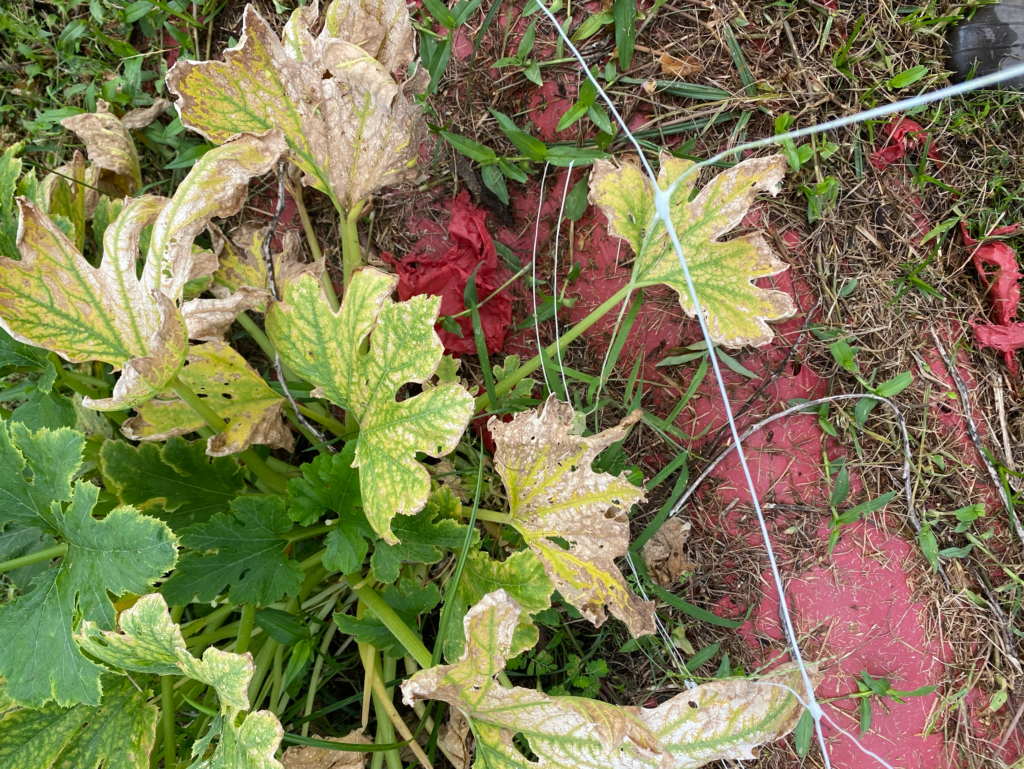Brassica vegetables are a vast category of plants that include broccoli, cabbage, and kale. Luckily, they all have incredibly similar care requirements. They’re also healthy foods that are rich in fiber, vitamins, and minerals. Growing them for yourself can add more flavor to your meals, and give you access to fresh produce at any time.
Growing brassica vegetables takes plenty of sun and water. They grow best in moderate temperatures, with moist soil and full sunlight. A nitrogen-based fertilizer used moderately once monthly will keep plants at their best.
In this article, we’ll discuss how to grow brassica vegetables from seeds or seedling plants, how to deal with common pests, and more!

What are Brassica Vegetables?
Brassica is a plant genus that contains the mustard and cabbage family. It includes a wide variety of plants, including common weeds and fiber-rich vegetables—the latter of which is what we’ll discuss in this article.
Brassica vegetables are rich in vitamins and minerals. Some common Brassica vegetables you’ll find on the dinner table include:
- Arugula
- Bok choy
- Broccoli
- Brussel Sprouts
- Cabbage
- Cauliflower
- Horseradish
- Kale
- Radish
- Turnip
Brassica vegetables may also help to fight cancer. In several studies, individuals who ate large amounts of brassica vegetables were shown to have a lower cancer risk.
With all of these benefits, it’s no wonder someone would want to grow these amazing plants! Let’s dig in and find out how.

How to Grow Brassica Vegetables: Quick Guide
- Plant in full sun, in a well-draining, nitrogen-rich soil mix.
- Plant spring vegetables after your last frost and Autumn vegetables 6-8 weeks before your first frost.
- Give your brassica vegetables at least 1 inch of water weekly, keeping the soil evenly moist. Water more frequently in hot weather or intense sun.
- Feed your plants with a nitrogen-rich fertilizer once monthly.
- Rotate crops yearly
When to Plant Brassica Vegetables
As with any plant, you must sow the seeds earlier than you would plant vegetable plants bought from vegetable suppliers on Garden Savvy. We recommend planting your seeds in trays indoors 4-6 weeks before placing them outdoors.
To keep conditions optimal, provide your vegetables with plenty of light.
 Growing your seeds in too little light may result in droopy or scraggly seedlings. They will stretch for light with very little “backbone” or strength to hold them up.
Growing your seeds in too little light may result in droopy or scraggly seedlings. They will stretch for light with very little “backbone” or strength to hold them up.
Plant spring vegetables in the ground after your last frost. This gives them the best chance of success, though these veggies can take slight frost. Row covers can also help to protect them from the cold.
Fall crops should be planted at least 6-8 weeks before your first frost.
The above guidelines also apply when you purchase a vegetable plant from your local farmer’s market or garden center.
Of course, those of us with cold winters must be more concise with our timing. If you live in a warm climate, frost won’t be as much of a concern, and you might be able to grow even through the winter months.
Most of these plants can tolerate frost but will die if temperatures stay too low for too long. Frost makes the veggies taste sweeter in flavor, while hot, dry conditions cause a more bitter flavor.
During hot spells, provide plenty of water to keep your plants hydrated.
Remember to check your specific vegetable in our growing guide to see how long it takes to grow, and check your local temperatures to ensure it’ll have that time available.
How to Plant Brassica Vegetables
Before planting your brassica vegetables, choose a location with full sunlight. Look for light blockers such as buildings and trees, and avoid the areas that they shade.
- Prepare a neutral or acidic soil mixture (with a pH of 7 or less). You can do this inside a raised garden bed or by mixing additives into the soil in your backyard. Compost and decomposed pine needles are a couple of additives to consider if your soil is too alkaline.
Adding a nitrogen-based fertilizer is also an excellent idea to give your plants the nutrients they need. - Gently remove your plant or homegrown seedlings from their pot. In plastic pots, which are most common, you can gently squeeze around the pot to loosen the soil. This will allow you to remove the plant easier.
Don’t try to yank the plant by its stem, as this can damage the foliage or roots. - Dig a hole in your soil approximately the size of the root ball. Make sure your plant has enough room so that you don’t have to squish the roots into place, but not so much that you’re burying the stem past where it was planted previously.
- Place your plant inside of the hole and pack the soil firmly around it with your fingers. Cover all of the plant’s roots, but don’t bury the foliage.
- Repeat steps 2-4 for each plant while leaving space for each to grow. Each plant has different requirements. Check our growing guide if you’re unsure about spacing.
- Water your vegetables plentifully. This will remove any air pockets, and give your plants a well-deserved drink!
Cover your vegetables with row covers. Row covers are your best pest and frost prevention, and they only work if you cover your vegetables before the pests get to them! Be sure to cover your vegetables before moths and butterflies hit their peak in the summer months.
When to Harvest Brassica Vegetables
Learning when to harvest can take practice, however, you’ll learn when your vegetables are ready to be picked!
Here are some of the most common brassica vegetables and when to harvest them:
- Broccoli: Harvest before the plant flowers, when the head stops growing and is dark green in color. The buds should be tightly packed.
- Brussel Sprouts: Harvest when the heads grow to 1-2 inches in diameter. They should be green and firm to the touch.
- Cabbage: Squeeze the cabbage head. If it feels firm, it’s ready to harvest! If it feels a bit squishy, give it more time.
- Cauliflower: Harvest when the cauliflower heads are white, firm, and 6 or more inches in diameter.
An extra Cauliflower tip: wrap the outer leaves around the head when it reaches 3 inches in diameter to protect it from sunlight and give it a nice flavor! - Kale: Harvest leaves as you need them—this one’s super easy!
How to Fertilize Brassica Vegetables
Nitrogen is essential for these vegetables. Either add a slow-release fertilizer to your initial soil mixture or feed your plants monthly with a nitrogen-rich fertilizer.
Stop fertilizing in late summer, or plants will grow too quickly. This will make them more sensitive to cold weather and frost.
Brassica Vegetables and Pest Prevention
Brassica vegetables are prone to many pests, including both bugs and wildlife. The best prevention is to protect your plants with floating row covers from the time you plant them.
This will keep out wildlife such as rabbits and deer and smaller pests such as caterpillars, flea beetles, and aphids.
Rotating your crops yearly and weeding regularly will also help with pest prevention.

Recent Posts
- Smart Gardening: How Technology Is Revolutionizing Horticulture
- Understanding Gardening Zones: What You Need to Know
- The Right Tools For Your Gardening And Landscaping Needs
- Maximizing Your Harvest: Square Foot Gardening Chart for Beginners
- Holiday Garden Scents: Plants for Natural Aromatherapy in Your Home






